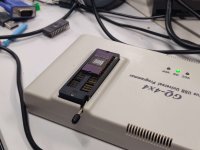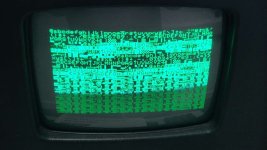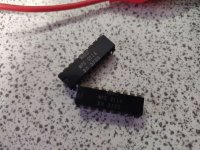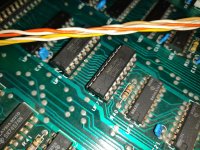BowmakerFox
Experienced Member
Well I'll be damned, the shoddy little EPROM eraser I'd ordered some weeks ago finally arrived. I've tried erasing and writing countless times and alas each time there's one reliable issue: the first byte always seems to write 00 (which for this EPROM I'd assume is high? Whatever the opposite of empty is!) instead of 4C. This happens every time.
I managed to find the exact datasheet for my 27C16s and have set as many parameters as I can find to match, and tWC I've set to tWP + address setup time + address hold time + data setup time + data hold time - this I considered to be 58uS with a 50uS tWP. I've attached the datasheet I found.
Does anyone have any idea why this specific fault may occur? The rest of the file writes exactly as expected.
Cheers
I managed to find the exact datasheet for my 27C16s and have set as many parameters as I can find to match, and tWC I've set to tWP + address setup time + address hold time + data setup time + data hold time - this I considered to be 58uS with a 50uS tWP. I've attached the datasheet I found.
Does anyone have any idea why this specific fault may occur? The rest of the file writes exactly as expected.
Cheers




